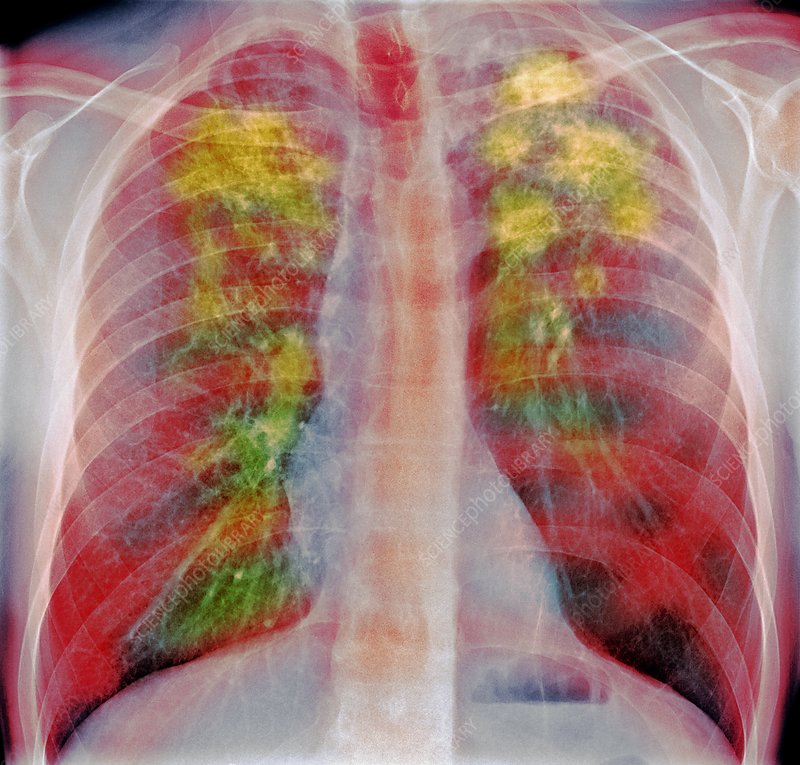Dr Justin Garner
Respiratory Physician
Specialist expertise: COPD, Lung Cancer, Lung Nodules, Interventional Bronchoscopy, Respiratory Medicine, Lung Health.
Sarcoidosis is a rare condition that causes small patches of red and swollen tissue, called granulomas, to develop in the organs of the body. It usually affects the lungs and skin.

Sarcoidosis is a rare condition that causes areas of inflammation, called granulomas, to develop in many different organs of the body. Sarcoidosis most commonly affects the lungs, skin and lymph glands.
The body’s immune system fights infections to destroy the germs. This results in inflammation (swelling and redness) of the body tissues in the affected area. The immune system dies down when the infection has been cleared.
It’s thought that sarcoidosis happens because the immune system fails to switch off and attacks its own tissues and organs. The resulting inflammation causes granulomas in the affected organs. It is not known why the immune system behaves like this and it is possible that something in the environment triggers the condition in people who are genetically susceptible.
There are many similar conditions, such as rheumatoid arthritis and lupus, that are caused by the body attacking its own tissues. These are collectively known as autoimmune conditions.
Sarcoidosis is not infectious and cannot be passed from person to person.
Sarcoidosis rarely occurs in family members, although there is no evidence that it is inherited.
It is often difficult to predict how sarcoidosis will affect a person, as the condition affects different body organs and the symptoms depend on the organ involved. Some people with sarcoidosis develop symptoms suddenly, but they usually clear within a few months or years and the condition does not return. Many people do not have any symptoms at all, and the condition is diagnosed after a chest x-ray or scan (usually CT Scan) is carried out for another reason. In a minority of people, symptoms get worse over time and people can be severely affected.
Lung symptoms
The lungs are commonly affected. This is known as pulmonary sarcoidosis. The main symptoms are shortness of breath and a persistent dry cough. Less commonly, people with pulmonary sarcoidosis experience pain and discomfort in their chest.
Skin symptoms
The skin is also affected in many people causing tender, red bumps or patches to develop on the skin (particularly the shins), as well as rashes on the upper body.
Other symptoms (depending on the organs involved)
A number of different tests may be carried out to diagnose sarcoidosis, depending on which organs are affected. It is common to start with blood tests and a chest x-ray.
If the symptoms or chest x-ray suggest pulmonary sarcoidosis (sarcoidosis affecting the lungs), a computerised tomography (CT) scan of the chest looking at the lungs and lymph glands will be recommended. Breathing tests are also performed to measure lung capacity if the lungs are involved.
It is preferable to confirm the diagnosis with a biopsy. The recommended biopsy site will depend on which organs are involved and the ease and safety of the biopsy.
In pulmonary sarcoidosis affecting the lungs and/or lymph glands we often recommend a camera test (Bronchoscopy and/or Endobronchial Ultrasound) to examine the breathing tubes and lymph glands in the chest. This is done using a Bronchoscope, which is a long, thin, flexible tube with a video camera at the end, which is passed down your throat into the breathing tubes. A biopsy can be taken from the breathing tubes, the lung or lymph glands depending on where the best result will be obtained. The biopsy is then looked at under a microscope to see if the characteristic granulomas of sarcoidosis are seen.
If sarcoidosis affects other organs like the skin, kidneys, heart or eyes, further examination, scans or biopsies may be carried out.
Most people with sarcoidosis do not need treatment as the condition often goes away on its own, usually within a few months or years. Simple painkillers such as paracetamol or ibuprofen are often sufficient to control the symptoms.
If treatment is recommended, steroid tablets are usually used which help to relieve symptoms, reduce inflammation and help prevent scarring. The starting steroid tablet dose is usually a relatively high dose and given for a short period of time, before switching to a low dose for months or years thereafter as needed. The sarcoidosis is monitored during this time to see how well the treatment is working.
Steroid tablets can cause side effects such as weight gain, mood swings, diabetes and weakening of the bones (osteoporosis). These side effects are more common at high doses and when taken for a long time, so steroid tablets are only used when necessary. Your doctor will advise you about ways to reduce the risk of side effects.
If steroid tablets do not control the disease or cause unacceptable side effects, alternative treatments are sometimes recommended. These are a group of medications called immunosuppressants which may help to improve symptoms by reducing the activity of the immune system.
Currently selected day
Available consultations
Causes
Symptoms
Shortness of breath, persistent dry cough, pain ...
Tests
Chest x-ray, CT scan
Treatments
Painkillers
We’ve invited the UK’s best respiratory specialists to join us as partners, with the freedom to make design and delivery decisions based on what’s best for patients.